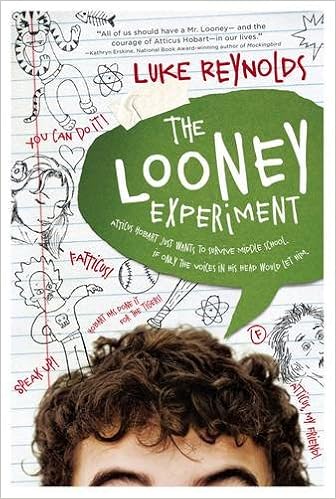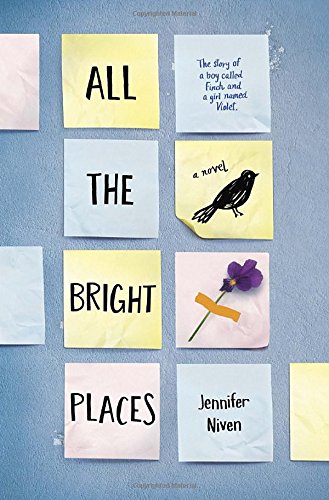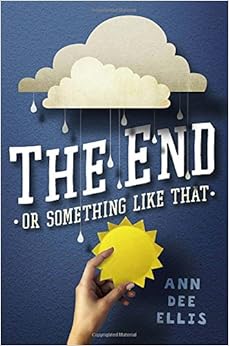 The Great American Dust Bowl
The Great American Dust BowlDon Brown
Houghton Mifflin, 2013 80 pgs
Grades 3-Up
Graphic Non-Fiction
Veteran illustrator, Don Brown, offers a historical account of the events leading up to and during the Great Dust Bowl of the Great Depression in a graphic format. After a dramatic introduction, the comic-like book goes back in time to the evolution of the Great Plains. From there he traces its earliest inhabitants and, eventually, the settling of the pioneers. We next see how the early farmers fully cleared the land and overworked the soil, which, combining with drought, brought on the severe dust storms of the 1930's. Brown visually and with concisely poetic text describes life during this place and time and its effects on its inhabitants. First person accounts are included in the text and the reader feels as if they are there experiencing it for themselves. Finally, we see how the country manages to heal the land and bring it back to a healthy state. A bibliography and source notes are included at the end of the volume, as well as an authentic photo from the time and a photo of a dust storm from the present day.
Non-fiction published in a graphic format is not a new concept, but it is one gathering attention and resulting in more informational books published in this format. Publishers are competing with video games, smart boards, and a constant barrage of images clambering for the attention of today's generation of young people. Kids prefer their information in sound bites, preferably with visual images. History (and other informational topics) camouflaged as comic books are a great way to educate today's young people in a way that they willingly participate in. The Great American Dust Bowl is beautifully designed and illustrated, yet it is carefully written and historically accurate. It is chockful of facts and remains fun to read. Enough information is included in the book that it will be useful for reports. It can be read in one sitting and will be of interest to browsers. Parents will like it too! Brown uses a pallet of earth browns and yellows reflecting the mood of the setting. The panels scan easily and the book is well crafted for a long shelf life. Brown has a new graphic history book titled Drowned City: Hurricane Katrina and New Orleans, which looks equally stunning, to be released on August 4.






